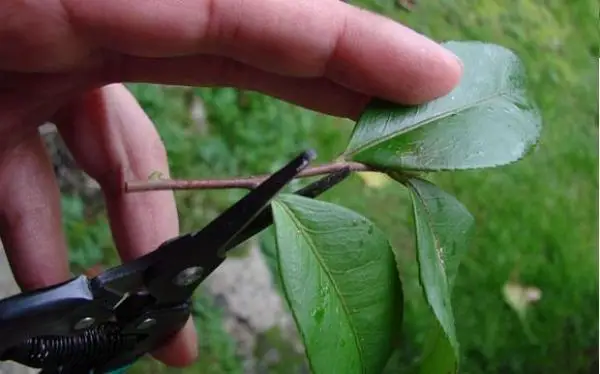On some occasion you have heard about the reproduction of plants by cuttings, that asexual reproduction technique of plants that consists of separating part of a stem, root or leaf from the mother plant to create a new specimen.
This technique is one of the best to get your plants and is that the reproduction by cuttings ensures that the specimen will be exactly the same as the mother, avoids the use of seeds that are difficult to germinate, and is very economical. We will tell you how to make cuttings so that you can put this technique into practice at home in a simple and effective way.
How to make cuttings – steps and tips
There are three types of cuttings or cuttings : those of hard wood (they must be cut in autumn and winter), those of semi-hard wood (in summer) and those of soft wood (in spring).
Each of the cuttings should be 4 to 6 inches long and have two or more nodes.
Here is the example of elm cuttings, although you must bear in mind that each species may require a different process. Still, this example can serve as a guide for making cuttings , don’t miss it!
- Cut the cutting from the mother plant to a size similar to that specified above.
- Remove the leaves from the bottom (basal); If the cutting is longer than the bill, you must divide it creating several more than the indicated size, leaving only the apical leaves.
- Use hormones for successful rooting by taking the cutting and placing it in a vial of thermal insulating material.
- Cover it with a plastic cup at the bottom and a transparent one at the top to ensure humidity very similar to that which is convenient for you and at the same time allowing light to penetrate it.
- Now you just have to wait for it to root and, over time, transplant it.
Some of the plants, trees, and shrubs that reproduce well by cuttings are all species of ficus, (Benjamina, retusa, panda, monkii), privets, olive trees, during, azaleas, crepes, fig-trees or junipers, among others.
